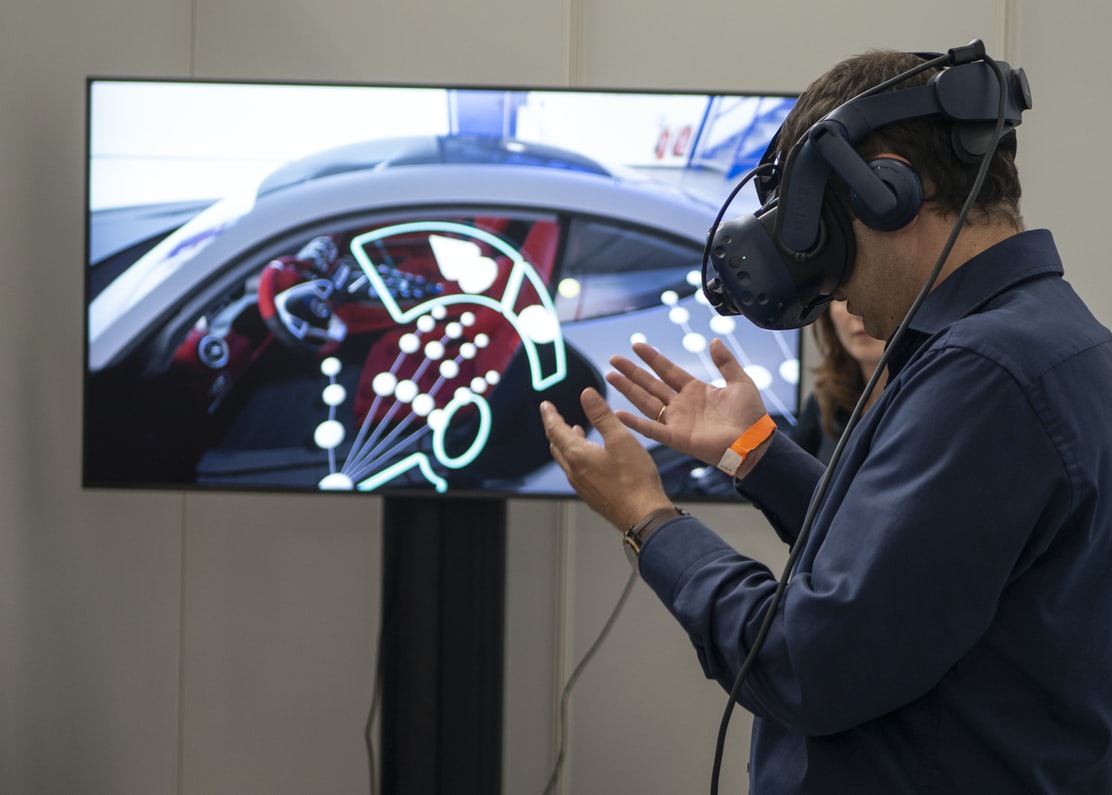
When we hear about virtual reality, we imagine players in VR helmets, chasing monsters or sitting at a virtual live casino. In fact, these technologies are used in serious spheres like medicine.
VR helps to recover after strokes. For example, this technology helped a paralyzed person to recover after four years of immobility. In the Scientific Center of Neurology, he recovered and began walking. Classes in virtual reality become a part of the main therapy. The green man on the virtual screen is a projection of the body. The sensors fix the position in the space. Algorithms are analyzing the technique of performing exercises, gradually training becomes more difficult.
The movements seem simple, but the main thing is that the brain is actively working. Connections between neurons are restoring. And it remembers how it should command the muscles.
The goal visible on the screen helps the brain. The element of the game with bonuses adds motivation to the patient. Even adults need encouragement when they have to work out monotonous movements.
Even simple computer games help to restore nerve connections after injuries or strokes. Full immersive VR technologies can be even more effective. They also have narrower applications. The inventors managed to fit in a small virtual reality helmet a large diagnostic device. It is the perimeter for ophthalmologists. It estimates the size of the field of view. This is important, for example, in glaucoma.
Medical students are already facing a new reality at the start of their courses. VR auditoriums are places where future doctors can try their hands at the operating table. They can study anatomy in depth.
Virtual reality, of course, cannot completely replace real practice. The sensations are not the same at all. Teachers say that VR helps only to improve the memorization of actions, which is also a lot.
Not virtual, but augmented reality (AR) also helps surgeons during real operations. In the hospital at Johns Hopkins University in the US, employees tested special glasses. They project the patient's tomography data onto the operating field in real-time. The doctor eventually receives additional information about the exact location of the instrument.
Neurosurgeon Timothy Witham performed the operation in such glasses. He compared it to a GPS navigator. And the developers call their know-how x-ray vision for doctors. A similar development also helps nurses to find injection veins by suggesting their location.
Virtual reality is a real marvel of technology. The VR has already gone beyond computer games and live online casinos. Business and science are actively using VR and AR. We are waiting for these technologies to become a daily reality.